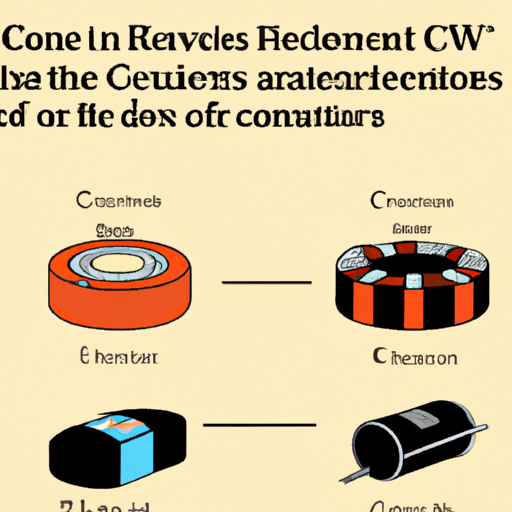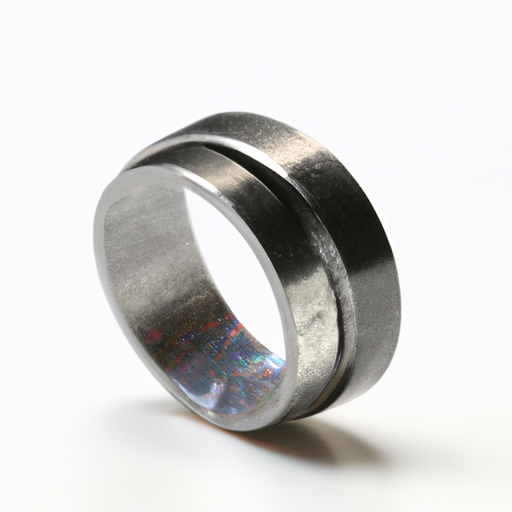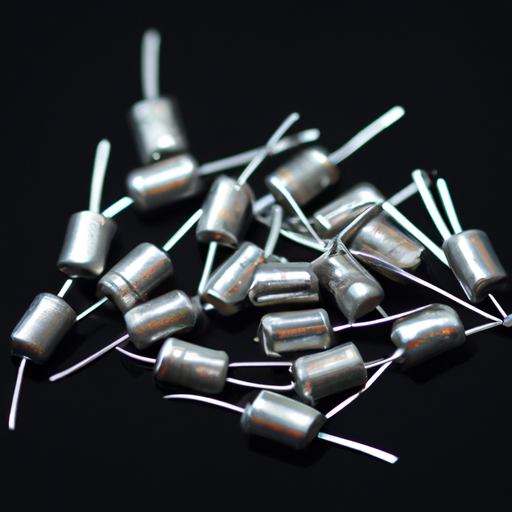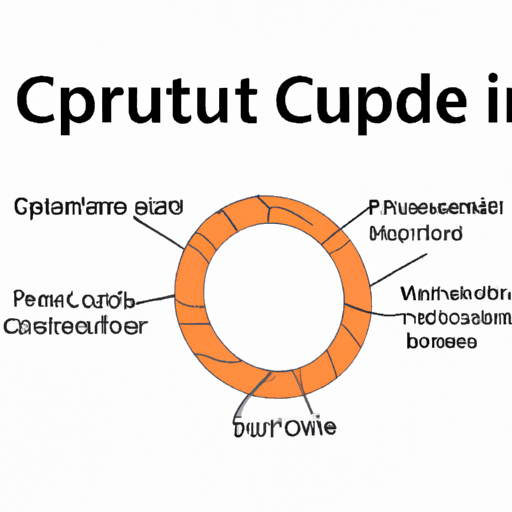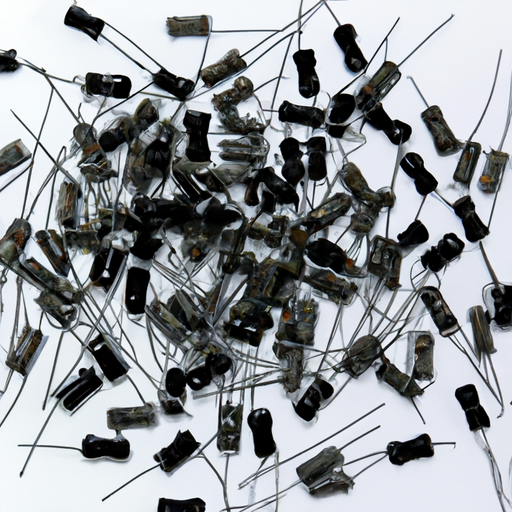What types of products do the functions of inductors include?
What Types of Products Do the Functions of Inductors Include?
I. Introduction
Inductors are fundamental components in electrical and electronic circuits, playing a crucial role in the management of electrical energy. Defined as passive components that store energy in a magnetic field when electrical current flows through them, inductors are essential for various applications, from power supplies to radio frequency circuits. This article aims to explore the different types of products that utilize inductors, their functions, and their significance in modern technology.
II. Basic Principles of Inductors
A. Explanation of Inductance
Inductance is the property of an electrical conductor that causes it to oppose a change in current. When the current flowing through an inductor changes, it generates a magnetic field that induces a voltage in the opposite direction, according to Lenz's Law. This property is measured in henries (H) and is a critical factor in the design and application of inductors.
B. How Inductors Work
Inductors operate based on Faraday's Law of Electromagnetic Induction, which states that a change in magnetic flux through a circuit induces an electromotive force (EMF) in that circuit. When current flows through an inductor, it creates a magnetic field around it. If the current changes, the magnetic field also changes, inducing a voltage that opposes the change in current. This behavior makes inductors valuable in filtering, energy storage, and signal processing applications.
C. Types of Inductors
Inductors come in various types, each suited for specific applications:
1. **Air-Core Inductors**: These inductors use air as the core material, making them lightweight and suitable for high-frequency applications.
2. **Iron-Core Inductors**: These inductors use iron as the core material, providing higher inductance values and better energy storage capabilities.
3. **Ferrite-Core Inductors**: Ferrite cores are made from magnetic ceramic materials, offering high permeability and low losses at high frequencies.
III. Common Applications of Inductors
A. Power Supply Circuits
Inductors play a vital role in power supply circuits, particularly in filtering and smoothing the output voltage. They help reduce voltage ripple and ensure a stable power supply. In switch-mode power supplies (SMPS), inductors are used to store energy temporarily and release it at a controlled rate, improving efficiency and performance.
B. Radio Frequency Applications
In radio frequency (RF) applications, inductors are essential for tuning and impedance matching. They help filter out unwanted frequencies and ensure that signals are transmitted and received effectively. Inductors are commonly found in RF amplifiers, oscillators, and antennas.
C. Audio Equipment
Inductors are widely used in audio equipment, particularly in crossover networks, where they help direct different frequency ranges to appropriate speakers. They are also utilized in amplifiers and equalizers to enhance sound quality and control frequency response.
D. Signal Processing
In signal processing, inductors are integral to analog filters, where they work alongside capacitors to shape frequency response. They play a role in phase shifting and delay lines, which are crucial for various communication and audio applications.
IV. Types of Inductors and Their Specific Products
A. Air-Core Inductors
1. Characteristics and Applications
Air-core inductors are characterized by their lightweight design and ability to operate at high frequencies without significant losses. They are often used in RF applications and high-frequency circuits.
2. Products Utilizing Air-Core Inductors
Common products that utilize air-core inductors include RF amplifiers, oscillators, and high-frequency transformers. These inductors are also found in some types of audio equipment, particularly in high-end speakers.
B. Iron-Core Inductors
1. Characteristics and Applications
Iron-core inductors provide higher inductance values and are suitable for low-frequency applications. They are often used in power supply circuits and energy storage systems.
2. Products Utilizing Iron-Core Inductors
Products that utilize iron-core inductors include power transformers, inductive load devices, and various types of power supplies. They are also found in electric motors and generators, where they help manage energy flow.
C. Ferrite-Core Inductors
1. Characteristics and Applications
Ferrite-core inductors are known for their high magnetic permeability and low core losses at high frequencies. They are ideal for applications requiring compact size and efficiency.
2. Products Utilizing Ferrite-Core Inductors
Ferrite-core inductors are commonly found in switch-mode power supplies, RF circuits, and telecommunications equipment. They are also used in noise filters and chokes to suppress electromagnetic interference (EMI).
D. Specialty Inductors
1. Toroidal Inductors
Toroidal inductors have a doughnut-shaped core, which minimizes electromagnetic interference and enhances efficiency. They are often used in power supplies and audio equipment.
2. Choke Inductors
Choke inductors are designed to block high-frequency AC signals while allowing DC or low-frequency signals to pass. They are commonly used in power supply circuits and signal filtering applications.
3. Variable Inductors
Variable inductors allow for adjustable inductance, making them useful in tuning circuits and applications where precise control of inductance is required.
V. Inductors in Modern Technology
A. Role in Renewable Energy Systems
Inductors are increasingly important in renewable energy systems, such as wind and solar power. They help manage energy storage and conversion, ensuring efficient operation and integration with the grid.
B. Inductors in Electric Vehicles
In electric vehicles (EVs), inductors are used in battery management systems to regulate charging and discharging processes. They help optimize energy use and enhance the overall efficiency of the vehicle.
C. Inductors in Telecommunications
Inductors play a critical role in telecommunications, ensuring signal integrity and transmission quality. They are used in filters, amplifiers, and other components to maintain clear and reliable communication.
VI. Future Trends and Innovations
A. Advancements in Inductor Materials and Designs
The development of new materials and designs for inductors is paving the way for improved performance and efficiency. Innovations in core materials, such as nanocrystalline and amorphous metals, are enhancing inductance and reducing losses.
B. Miniaturization and Integration with Other Components
As technology advances, there is a growing trend toward miniaturization and integration of inductors with other components. This trend is particularly evident in the development of compact power supplies and RF devices.
C. Potential Applications in Emerging Technologies
Inductors are poised to play a significant role in emerging technologies, such as the Internet of Things (IoT) and artificial intelligence (AI). Their ability to manage energy and signals will be crucial in the development of smart devices and systems.
VII. Conclusion
Inductors are essential components in a wide range of products and applications, from power supplies to telecommunications. Their ability to store energy and manage electrical signals makes them invaluable in modern technology. As advancements continue in materials and designs, the role of inductors will only grow, paving the way for new innovations and applications. For those interested in exploring the world of inductors further, there is a wealth of resources available to deepen understanding and appreciation of these critical components.
VIII. References
1. "Inductors: Principles and Applications" - Academic Journal
2. "The Role of Inductors in Power Supply Design" - Engineering Book
3. "RF Circuit Design: Theory and Applications" - Online Resource
4. "Inductor Technology: Trends and Innovations" - Industry Report
This blog post provides a comprehensive overview of inductors, their functions, and the various products that utilize them, highlighting their significance in both current and future technologies.

